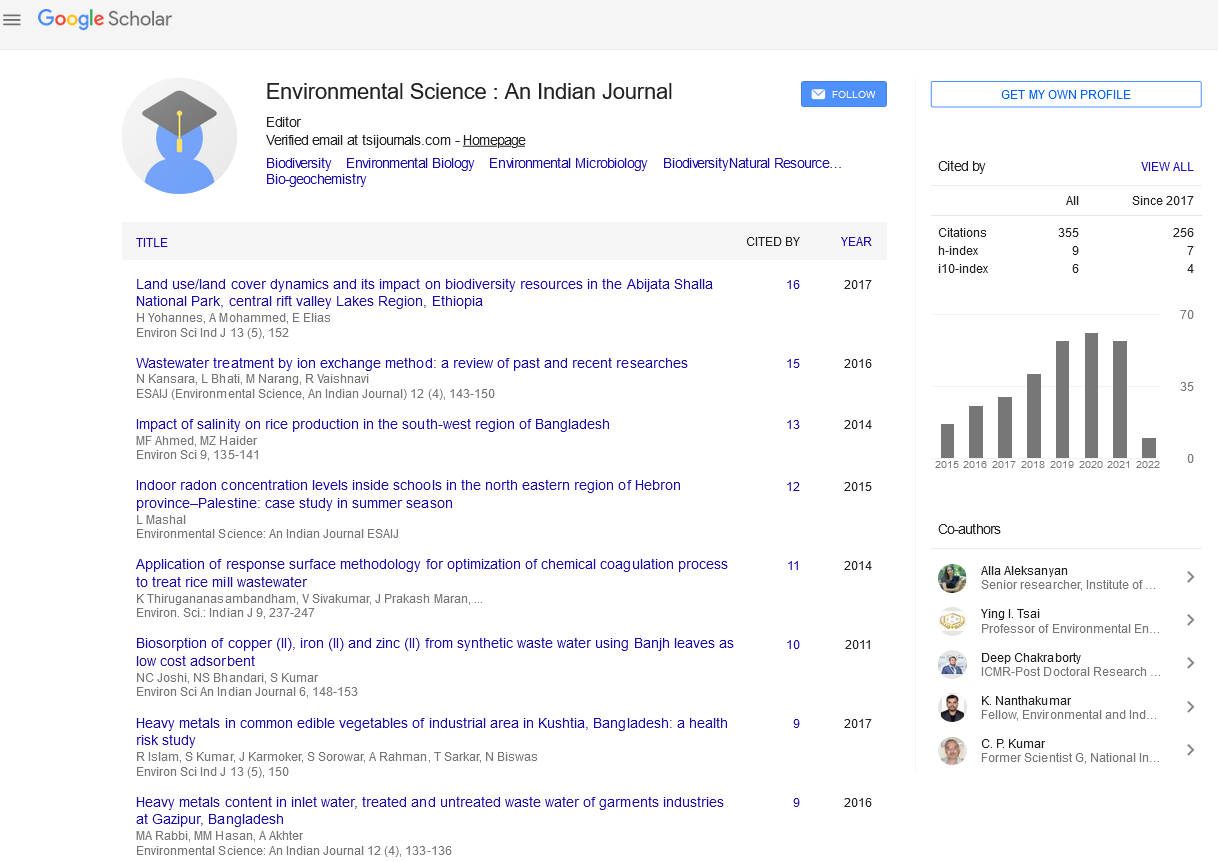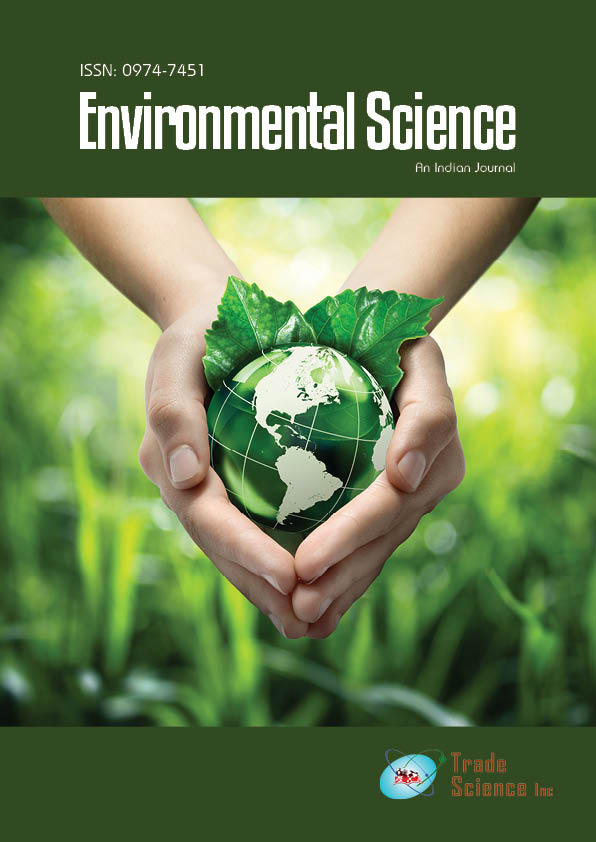Abstract
Application of GIS for effective urban solid waste management: A case of Kirumba ward in Mwanza city, Tanzania
Author(s): I.J.E.Zilihona, H.Canute, N.KasongiManaging solid waste is a major problemin developing countries including Tanzania.Variousmethods have been used in addressing this environmental problem.Geographic InformationSystem(GIS) is one of the newtechnologies developed for improving the waste management systems. This paper presents findings from the research carried out in Mwanza city in Tanzania which focused on the application of GIS for effective urban solid waste management. Specifically, the study determined current and future population based on current growth rate in relation to solid waste generation, examined the existing solid waste collection, transportation and disposal systems and identified appropriate solid waste management systems using GIS techniques. Data on population size were collected fromMwanza City Council which was later projected. Household characteristics and wastes generation information was collected using questionnaires from 50 households. A total of 10 key informants who were purposively selected were used to give specific information about solid wastes management in Kirumba ward. SPSSwas used to analyze qualitative data whileArcGISwas used to process, manipulate and analyze special data and help to make decision about proper waste management. Amount of solid wastes generated at household level was directly proportional to household size, and will increase as population size increases. Amounts of uncollected solid wastes in some streets reach up to 76% due to inefficient solid wastes collection system. Number of routes made by only one available 5000kg carrying capacity vehicle to collect wastes was irregular and do not put into consideration population size of a specific street.GIS is therefore a powerful tool for decision making in solid waste management.With GIS it was possible to integrate population data, vehicle capacity and amount of wastes generated and computing required frequency of routes to collect wastes from a specific street.

